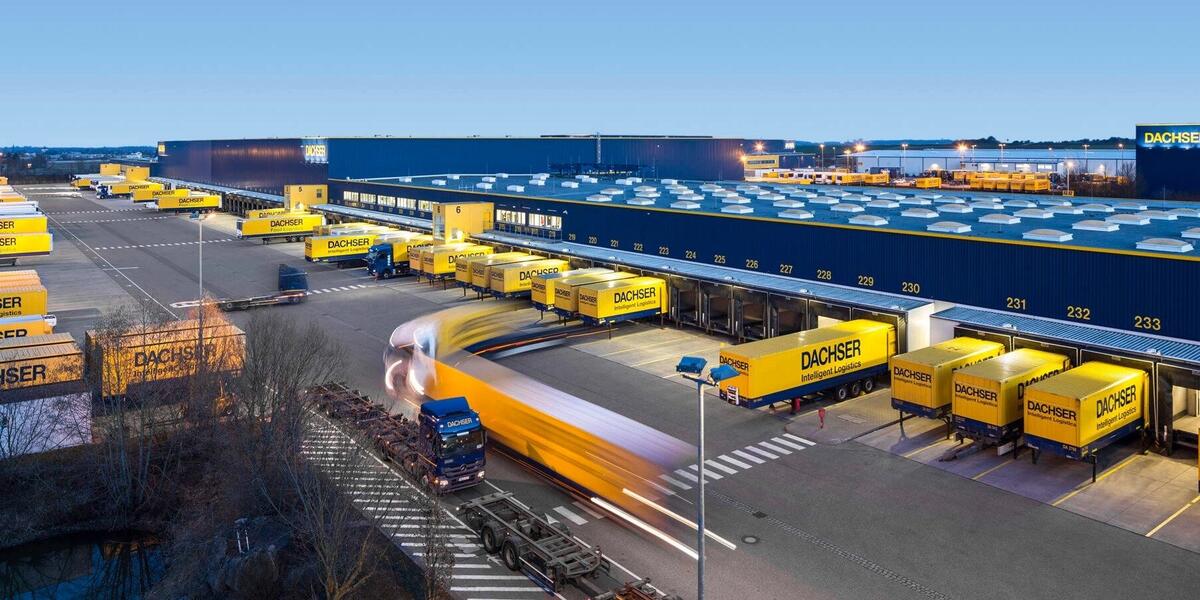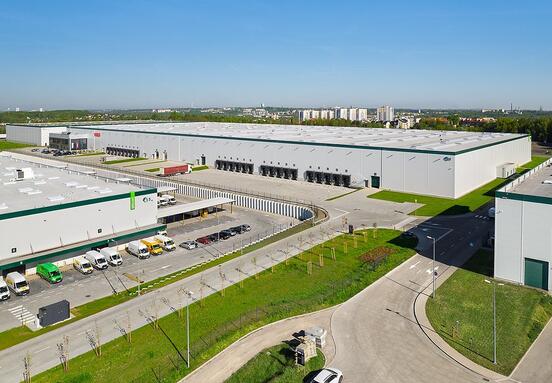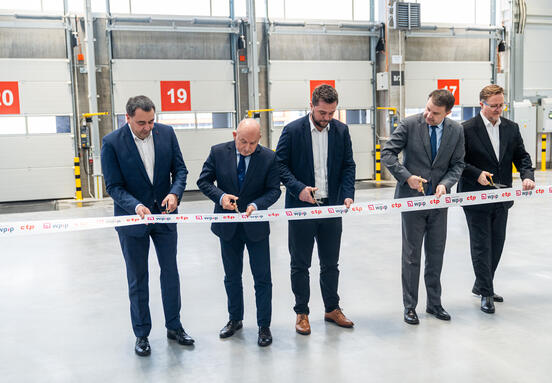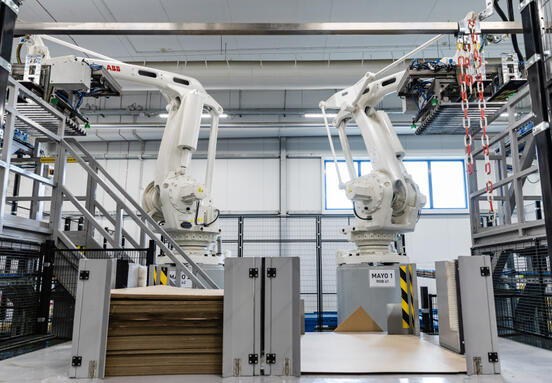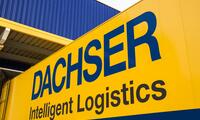Streamlining logistics: The power of open-source eCMR software
The logistics world is constantly evolving, driven by the need for greater efficiency, transparency, and standardization. A major leap forward is the development and implementation of the industry’s first interoperable, open-source eCMR (electronic consignment note) software. Global logistics provider DACHSER has played a key role in this initiative, which was officially unveiled on June 2, 2025, at the transport logistic trade fair in Munich.
Developed jointly by members of the Open Logistics Foundation—including key players such as DACHSER, Rhenus, Markant, and Blue Yonder—the eCMR software directly addresses the challenge of standardizing digital consignment notes for road transport. By creating a unified, legally compliant digital document available as open source, the project aims to simplify processes across the entire logistics chain.
Why open source and interoperability matter for your business
For companies that rely on efficient transport and warehousing, the move to standardized, interoperable eCMRs is essential. Stefan Hohm, Chief Development Officer at DACHSER, highlights its transformative potential:
“The collaborative development of open-source eCMR software is a breakthrough in the digitization of road transport and logistics processes. DACHSER has supported this project from the beginning, contributing to its development and testing, and is now working on its widespread adoption as a unified industry standard.”
This open-source approach ensures free access to the software and enables adoption by any company—regardless of size or existing IT infrastructure. Interoperability guarantees seamless data exchange between all parties in the supply chain—carriers, shippers, and receivers—even if they use different systems. It removes the need for proprietary platforms and centralized databases, allowing participants to retain control of their own data while benefiting from a standardized digital format.
Tangible benefits for companies and warehouse operations
The practical benefits of adopting this new eCMR standard are substantial. Operational tests carried out by DACHSER and Rhenus, with technology partners such as Markant and Blue Yonder, have confirmed the solution’s readiness and performance in real-world transport scenarios—showing impressive efficiency gains.
“The new eCMR standard demonstrates how open-source solutions can facilitate digital adoption and support process standardization throughout the value chain. In our tests with partner Markant, we managed to save up to 60% of time—this is a significant improvement for all parties involved: from drivers to dispatchers and recipients.”
For companies managing warehouse space, this boost in efficiency translates directly into faster goods handling, reduced administrative workload, and better shipment traceability. Streamlined transport processes can influence decisions around warehouse location, size, and internal logistics—ultimately making operations smoother and more cost-effective.
A collaborative future for logistics
Initiated by the Fraunhofer Institute for Material Flow and Logistics (IML) and led by the Open Logistics Foundation, the eCMR project involved 28 member companies working together on the design, testing, and approval of the solution. This spirit of collaboration underscores the industry’s commitment to accelerating digital transformation and developing shared, non-commercial tools that benefit all stakeholders.
As companies look for optimal locations and facilities for their operations, understanding these advancements in logistics technology is key. The shift toward standardized digital documentation like eCMR signals a more efficient and connected future for supply chains—one that influences the strategic value and functionality required from both office and warehouse spaces.
Source: contrust.pl
